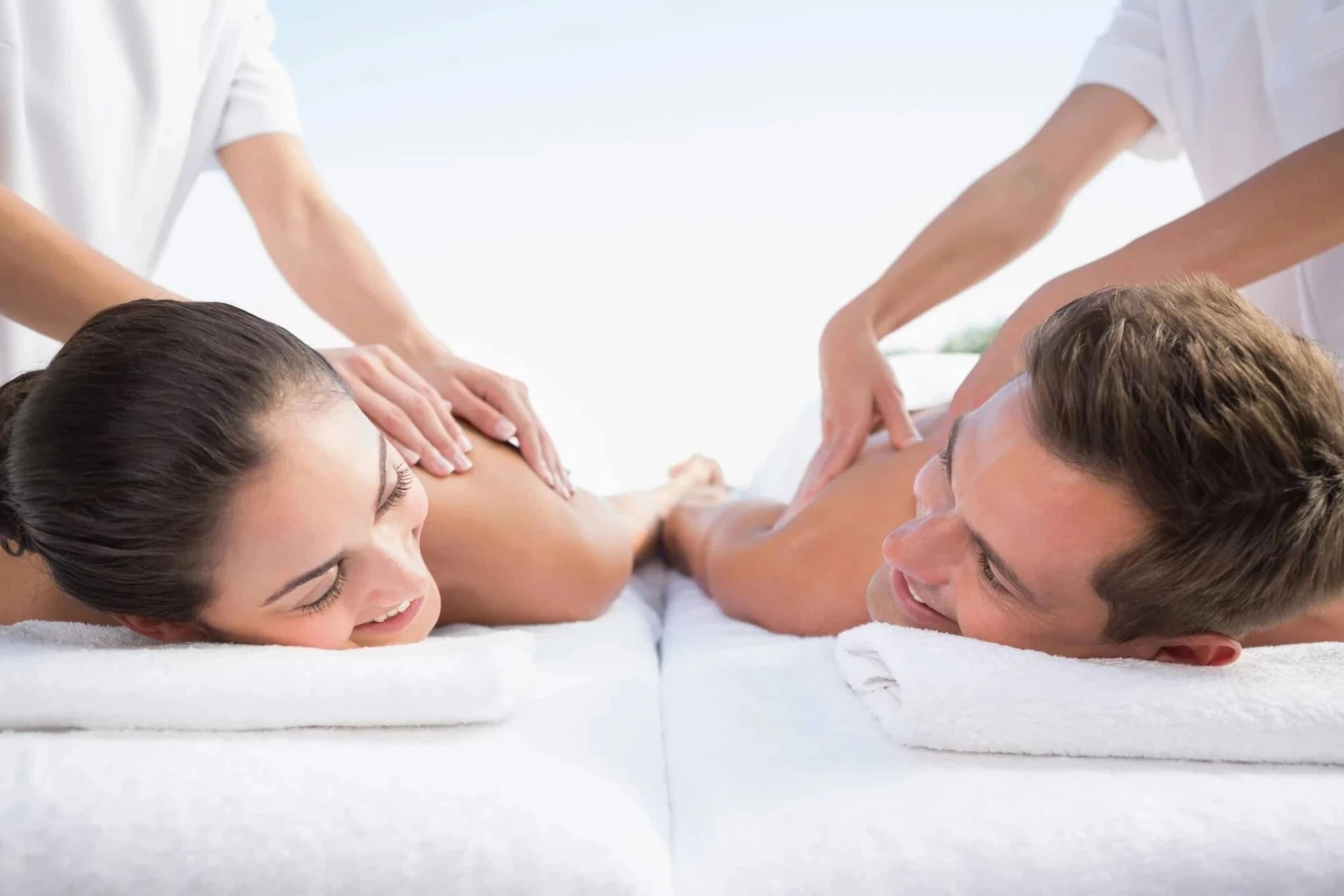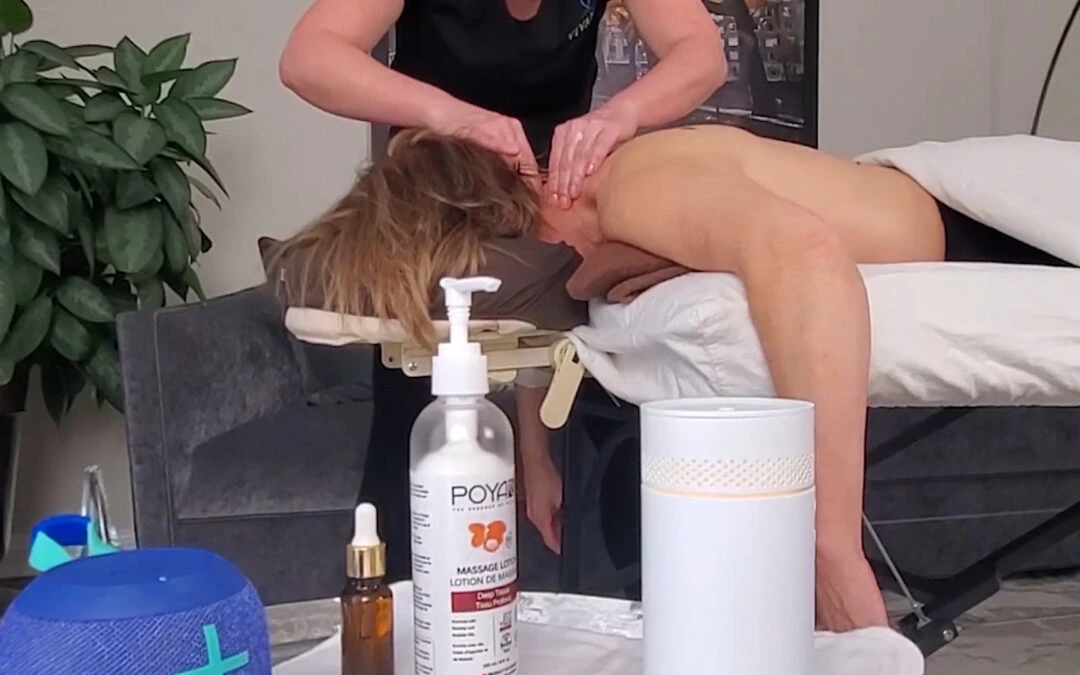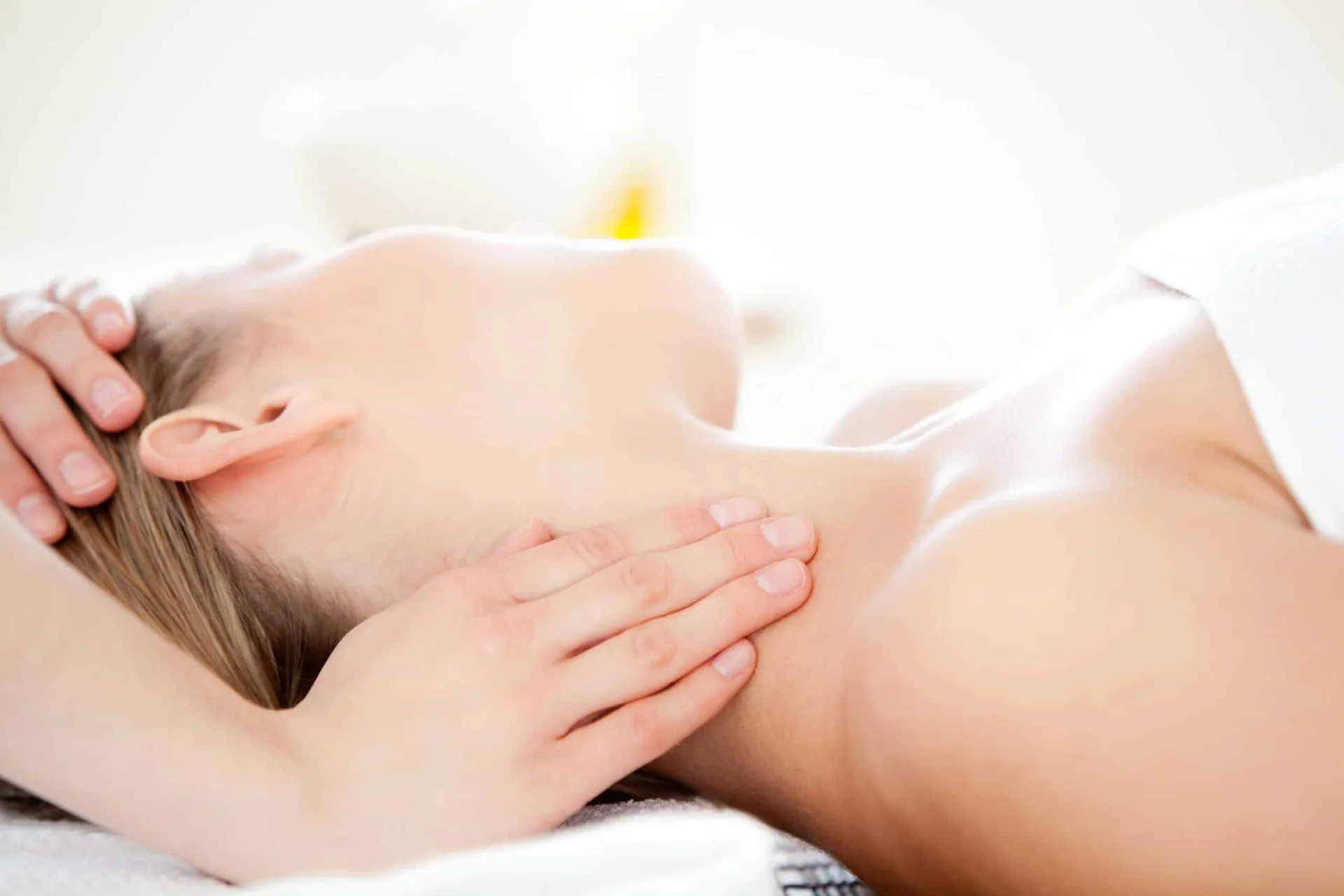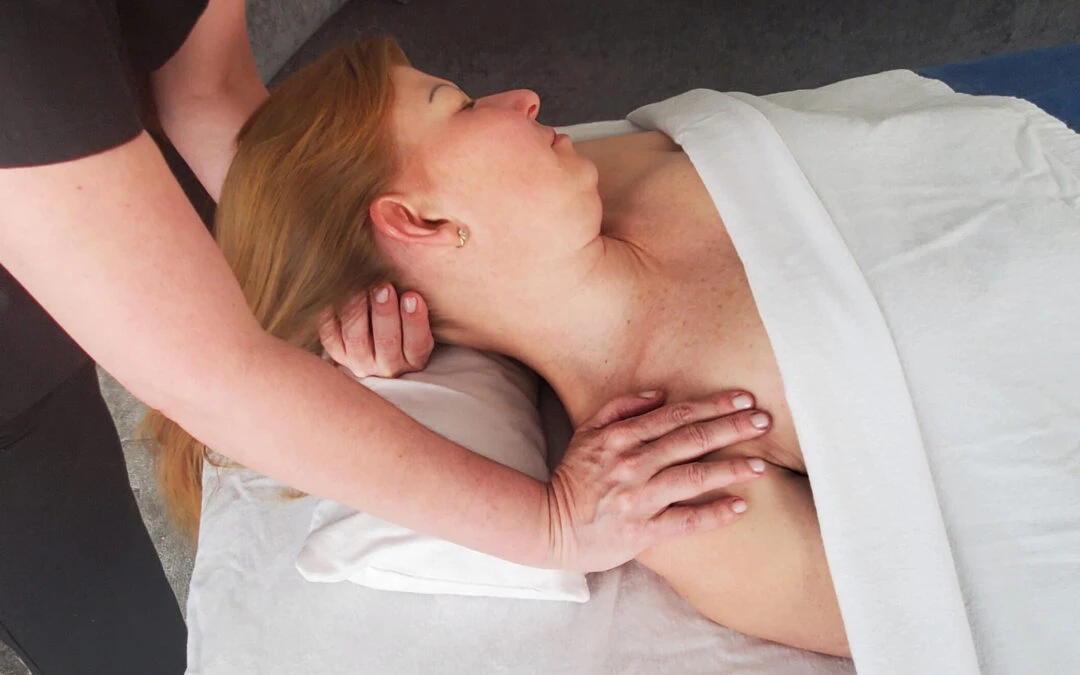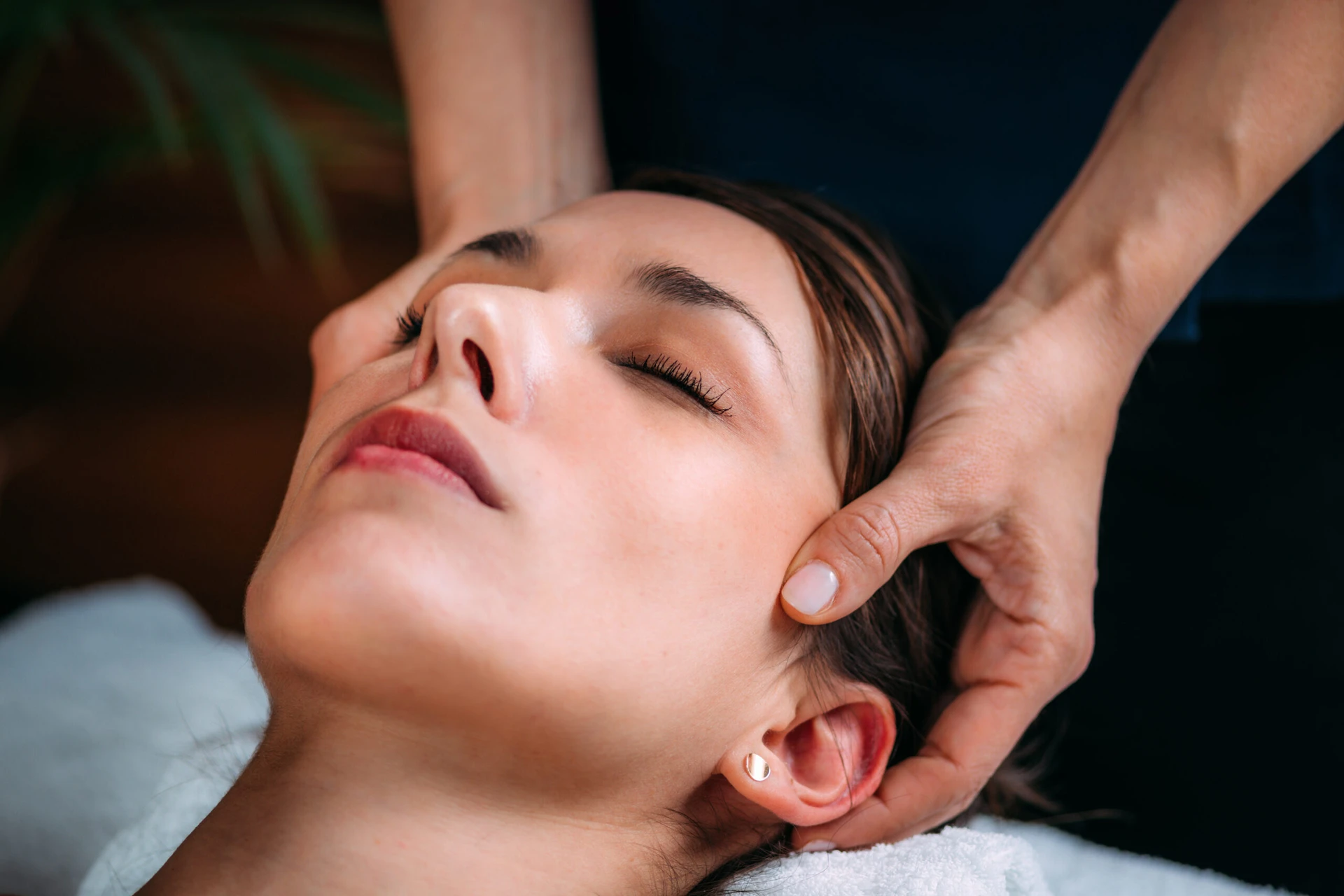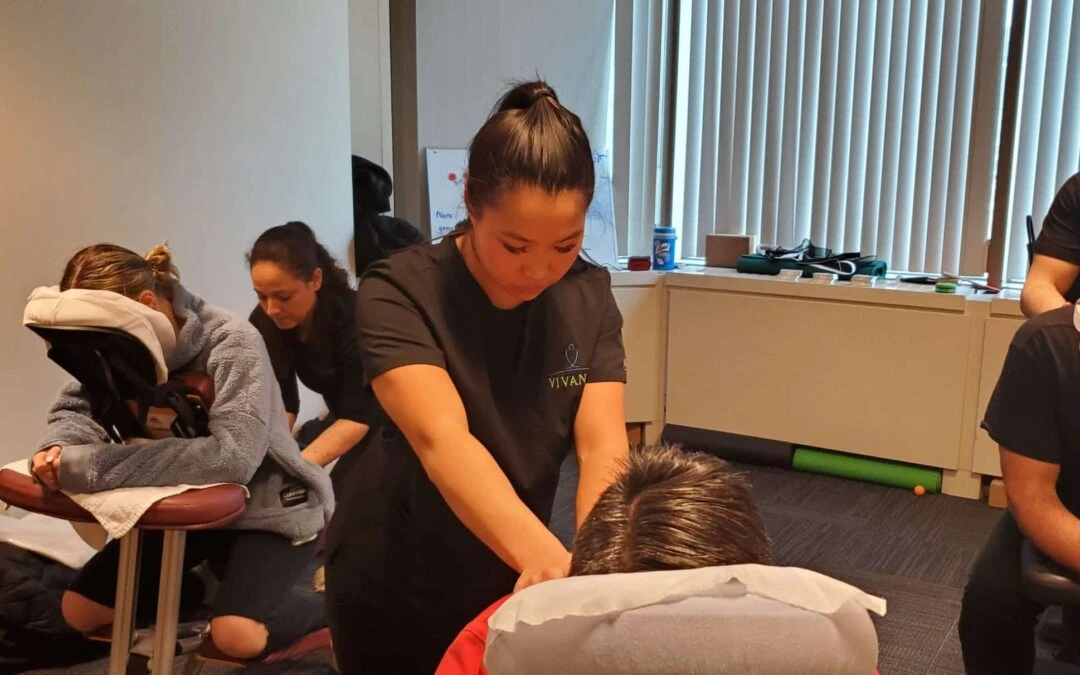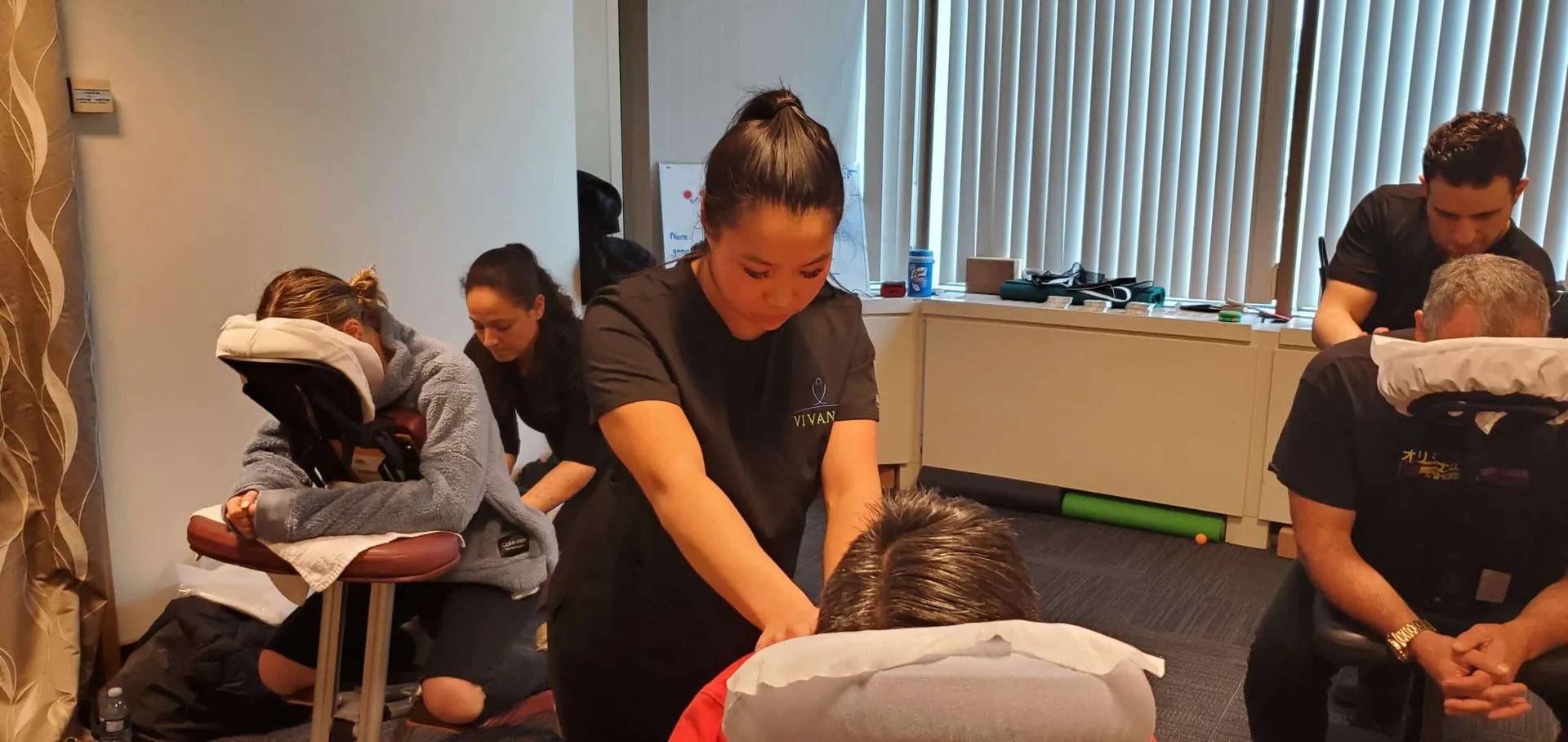
In-Home Massage or Spa?
Most adults know they should take care of their body… yet life keeps pulling them away from that promise. Work stacks up, errands multiply, notifications arrive like waves. Health slips to the bottom of the list until the body itself starts asking for attention — in the neck, the shoulders, the back. When that moment comes, the question feels simple: Should I go to a spa, or should I just book an in-home massage? Both sound good. Both can help. But the difference runs deeper than convenience — it lives in how your nervous system unwinds, how long the calm stays, and how your body interprets care once the session ends.
Maybe you’ve driven across the city before, hunting for parking while wishing you were already on the table. Or maybe you’ve felt the opposite: a soft knock at the door, the setup unfolding quietly in your living room, and the kind of silence that doesn’t need to be earned. The real difference between the two isn’t service; it’s state. It’s how easily your body can find safety — and stay there.
1. Where Stress Really Begins and Ends
The stress relief of a massage doesn’t start when hands touch your back; it starts the moment your surroundings stop asking things of you. A spa might look serene, but the path to get there is rarely calm — driving through traffic, finding parking, rushing to be “on time,” then facing chatter, lighting, unfamiliar scents. By the time you reach the table, part of your energy has already been spent.
At home, the entire buildup changes. The quiet of your space becomes the warm-up. You’re not shifting from noise to silence — you’re already halfway there. The transition is seamless, almost invisible, like a sigh that never had to climb uphill. What melts in an in-home massage isn’t just muscle tension; it’s the constant vigilance that city life drills into you. You relax not because someone tells you to, but because your world finally allows it.
2. When Pain Demands Stillness, Not Movement
Pain has its own logic. It doesn’t respond well to being moved, carried, or hurried. For anyone with lower-back strain, migraines, or a stiff neck, even the act of leaving home can restart the pain cycle you’re trying to end. At a spa, you might feel relief on the table, only to feel it unravel on the drive back.
In-home, your body gets to stay in stillness. You don’t have to brace yourself against cold air or traffic; you remain wrapped in warmth and calm long after the session ends. The healing lasts because it isn’t interrupted. You can lie there, eyes half-open, realizing that this — this quiet, this safety — is part of the treatment. Pain fades not by force, but by being given permission to stop defending itself. You start noticing subtler things: your breath deepening, your heartbeat softening, your body trusting that nothing will be asked of it next.
3. Time as the Ultimate Luxury
We measure value in hours, but peace hides in minutes. A 60-minute spa session often becomes a 3-hour ordeal once you count driving, changing, waiting, paying, returning. That’s why people delay booking. They’re not avoiding wellness — they’re avoiding the logistics that steal from it.
An in-home massage gives that time back. You finish work, dim the lights, maybe light a candle or play your favorite playlist. The massage happens quietly, without needing to leave the rhythm of your own evening. When it ends, there’s no re-entry into chaos — no bright reception lights, no cold car seat, no to-do list waiting on the other side of a door. You simply stay. That lingering calm feels luxurious not because it’s expensive, but because it’s uninterrupted. Time, for once, belongs entirely to you.

4. The Subtle Power of Familiar Spaces
Every home carries emotional fingerprints — the way light falls on the floor, the scent of your blanket, the quiet hum of a room that knows you. Your body reads these cues faster than your mind. In a spa, no matter how elegant, there’s still alertness: unfamiliar walls, new sounds, strangers nearby. You may relax, but you never fully drop your guard.
At home, your senses don’t need to adjust. The body recognizes the territory and starts softening before the session even begins. It’s a primitive kind of safety — the same reason children sleep better in their own beds. The environment itself becomes part of the therapy, signaling that nothing unexpected will happen here. For people who carry anxiety or emotional exhaustion, that familiarity turns relaxation into something deeper: trust.
5. Clean Calm, Inside and Out
People often assume that cleanliness belongs to commercial spaces — the smell of disinfectant, the polished floors. But professional in-home therapists bring the same standards right to your door: freshly washed sheets, sanitized equipment, careful handling of oils and tools. There’s precision in the ritual of setup, quiet competence that feels more personal than clinical.
And then there’s the other kind of cleanliness — the mental one. No shared waiting rooms, no strangers, no background conversations about weekend plans. You’re not stepping into an environment touched by hundreds of others that week; it’s just you. That solitude, that sense of ownership over the air you breathe, has its own purity. When you realize your home can host healing as safely as any spa, it changes your relationship with both places.
6. The Emotional Unwinding
Every adult carries invisible weight — deadlines, responsibilities, expectations that sit on the shoulders as much as the mind. Massage helps, yes, but only if the nervous system feels unobserved enough to let go. In a spa, part of you stays aware: aware of time, of people outside, of having to get dressed again soon. The calm is real, but it has a timer.
At home, that timer disappears. You can drift off halfway through, wake up in your own sheets, and not have to move. Some people feel waves of emotion — laughter, tears, sudden stillness. It’s not awkward; it’s the body remembering how to release. Healing, at its best, feels ordinary. You blink, breathe, and realize you haven’t exhaled like that in months. That’s the magic of familiarity: it lets you be human again.
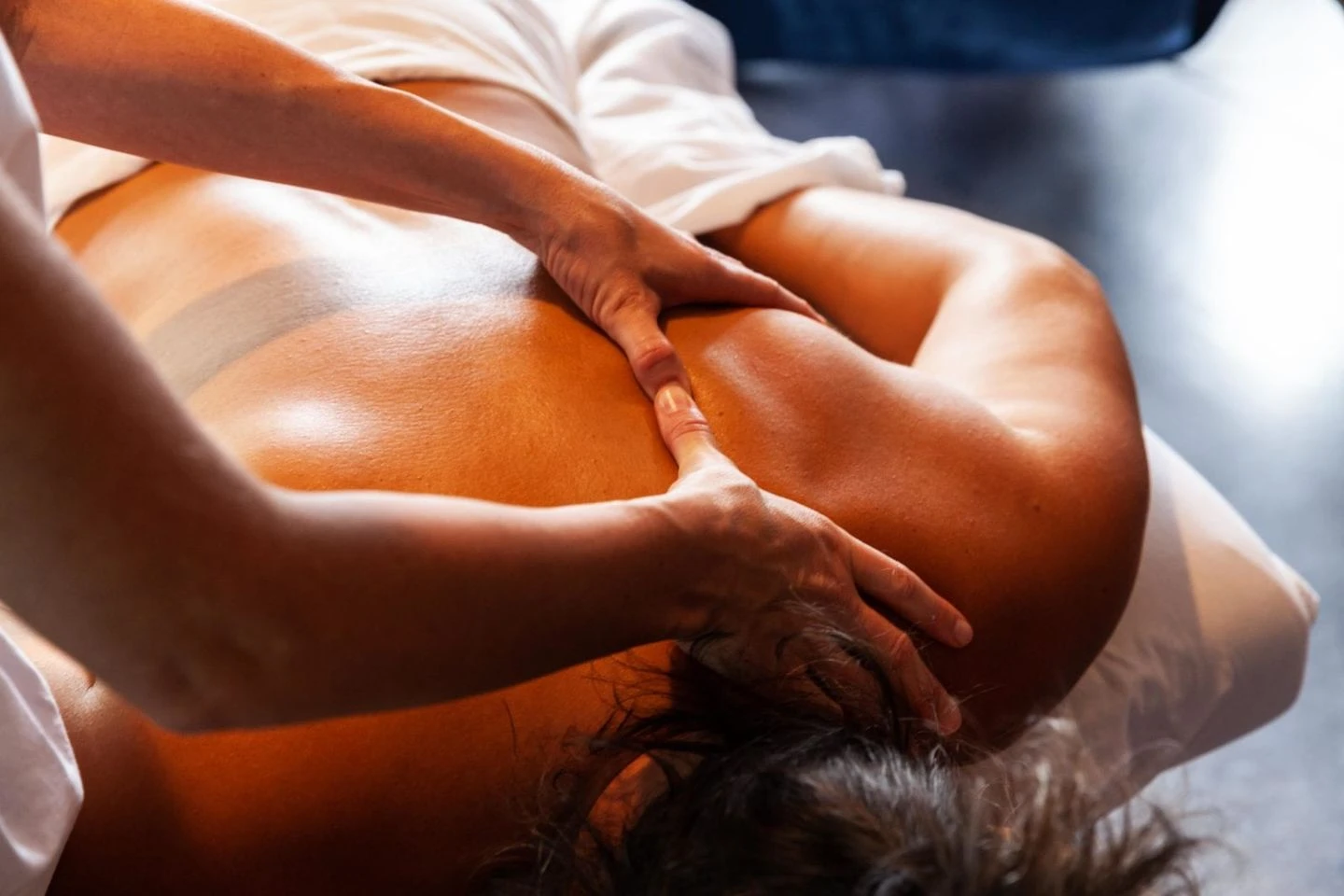
7. The Rhythm That Builds Real Change
Consistency is the forgotten ingredient in self-care. A single session might help, but repeated relaxation retrains the body to stay calm even outside the massage. The challenge is keeping that rhythm alive when every visit requires planning, travel, and lost time.
In-home massage removes the barriers that break momentum. You can schedule regular sessions without disrupting your week — after dinner, before bed, early Sunday morning. The ease keeps you committed. Over time, the body learns faster: muscles let go sooner, the mind quiets faster, and your overall tension baseline drops. It’s not a one-time “escape” anymore; it becomes a lifestyle. That’s when stress reduction becomes sustainable instead of temporary.
8. The Real Value Beyond Price
People often compare rates — spa versus home — but money doesn’t measure outcome. A session that leaves you tense again after traffic isn’t the same as one that lets you rest for the rest of the night. True value lies in what the experience gives back: energy, time, clarity.
When calm doesn’t end with checkout, it multiplies. You notice it the next morning, in how gently you wake, how patient you feel in small moments. In-home massage turns care from an event into a ripple that travels through the rest of your life. The price may look similar, but the return is exponential. Because when your body finally learns that relief can come without leaving, it stops postponing it.
9. When the Spa Still Has Its Place
There are days when leaving the house feels right — birthdays, celebrations, a shared afternoon with a friend. A spa can create ritual, occasion, novelty. The ambient music, the robes, the feeling of being “away” all have their charm.
But daily recovery — the kind that keeps you balanced between responsibilities — doesn’t need chandeliers. It needs repetition, warmth, quiet. The spa is a destination; in-home care becomes integration. You’re not escaping your life to heal. You’re folding healing into it. That’s what makes it sustainable. And perhaps that’s the biggest secret — real luxury is consistency, not occasion.
10. The Quiet That Stays After
When the table folds away and the door closes, a silence remains — softer, denser, almost sacred. You can feel it in your chest as you move through your home afterward. The lights are dim, the air warmer, your body slower. There’s no commute to undo it, no noise to replace it.
You make tea, stretch, or simply sit — and realize that peace didn’t visit; it stayed. In-home massage doesn’t just treat tension; it reshapes your space into something therapeutic. Over time, your home starts to remember that softness, as if it too learned how to exhale. That’s when you realize the biggest difference between a spa and a home session: one ends when you leave; the other continues long after.
Your peace shouldn’t wait. Your calm shouldn’t commute.
Healing doesn’t always require a getaway.

 English
English Français
Français

